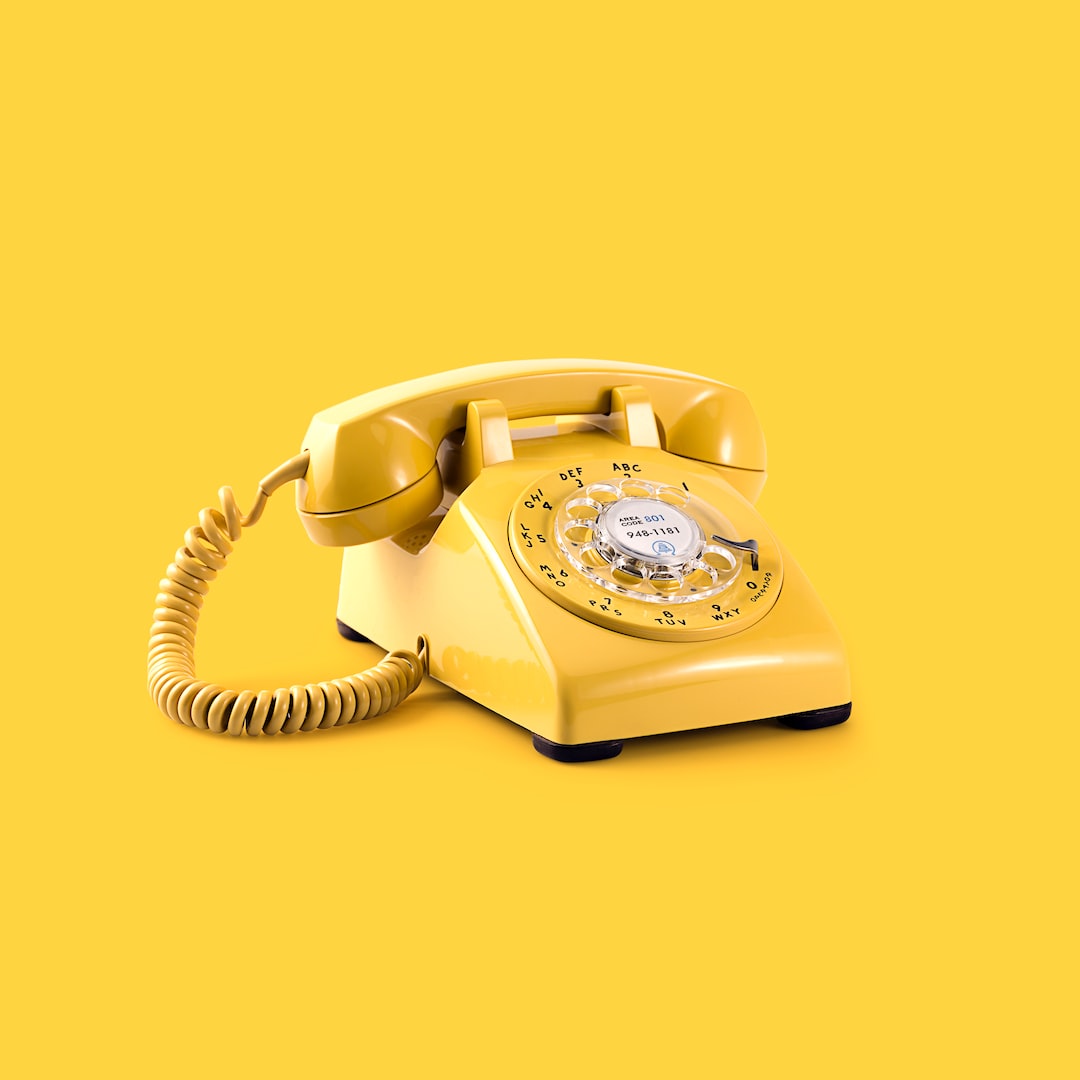Balancing Form and Function in Product Design
When it comes to product design, there is often a delicate balance that needs to be struck between form and function. While form refers to the aesthetic appeal and visual aspects of a product, function pertains to its practicality and usability. Both elements are crucial in creating a successful and desirable product. In this blog post, we will explore the importance of balancing form and function in product design and how it can enhance the overall user experience.
Form, the visual appeal of a product, plays a significant role in attracting consumers. In a world where consumers are bombarded with countless options, a visually appealing product can make a huge difference in capturing their attention. The form of a product encompasses its shape, color, texture, and overall design. It is what makes a product stand out from its competitors and create a lasting impression in the minds of consumers.
One example of a company that values form in product design is Apple. The sleek and minimalistic design of their products has become a hallmark of the brand. Apple understands that consumers are drawn to aesthetically pleasing products, and they have mastered the art of creating visually appealing devices. However, Apple also recognizes the importance of combining form with function to create a truly exceptional product.
Function, on the other hand, focuses on the usability and practicality of a product. A product may look visually appealing, but if it does not serve its intended purpose effectively, it is likely to disappoint consumers. Functionality is what differentiates a well-designed product from a mere piece of art. It involves considering the user’s needs, ergonomic factors, and the overall usability of the product.
In recent years, there has been a shift towards user-centered design, where the emphasis is placed on creating products that solve real problems for users. This approach considers factors such as ease of use, efficiency, and intuitive navigation. Companies like Google have embraced this philosophy and have developed products that are not only visually appealing but also highly functional and user-friendly.
One example of a company that excels at balancing form and function is Tesla. The electric car manufacturer not only produces vehicles that are visually stunning but also incorporates advanced technology to provide an exceptional driving experience. Tesla understands that consumers want more than just a visually appealing car. They want a vehicle that is efficient, environmentally friendly, and technologically advanced. By successfully combining form and function, Tesla has become a leader in the automotive industry.
So how can designers strike the right balance between form and function? Firstly, it is essential to understand the target audience and their needs. Conducting user research and gathering feedback can provide valuable insights into what consumers really want from a product. By understanding their pain points and desires, designers can create products that address these needs and provide a solution.
Collaboration is also key to achieving a balance between form and function. Cross-functional teams that include designers, engineers, marketers, and product managers can bring different perspectives to the table and ensure that both form and function are adequately considered. By involving all stakeholders from the beginning, designers can prevent potential conflicts and ensure that all aspects of the product are in harmony.
Furthermore, designers must keep up with the latest design trends and techniques. By staying informed about industry developments, designers can incorporate the latest design principles and create products that are both visually appealing and highly functional. Continuous learning and experimentation are crucial to adapting to changing consumer preferences and market demands.
In conclusion, balancing form and function in product design is of utmost importance. A visually appealing product can attract consumers’ attention, but if it does not serve its function effectively, it is likely to disappoint. By striking the right balance, designers can create products that not only look great but also provide practical solutions for consumers. The collaboration of cross-functional teams and a user-centered design approach are key to achieving this balance. Ultimately, a product that successfully balances form and function will stand out in a crowded marketplace and provide an exceptional user experience.

